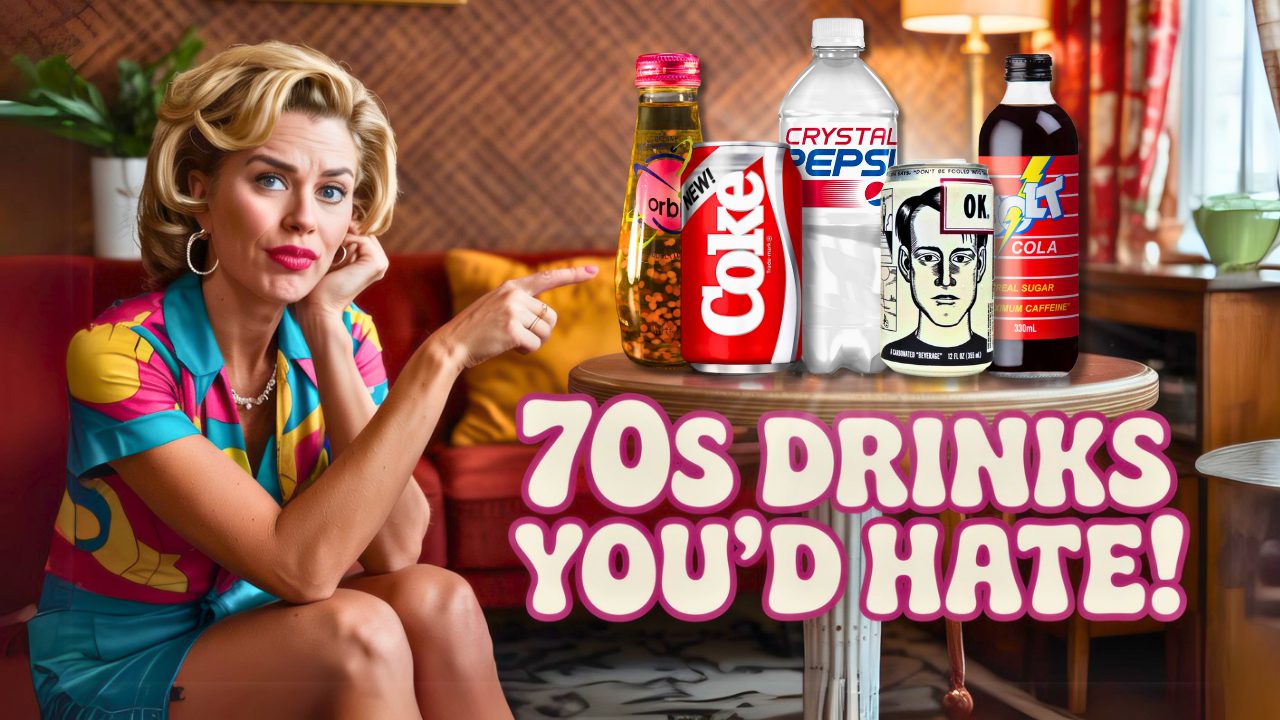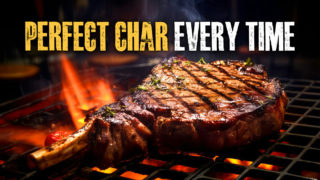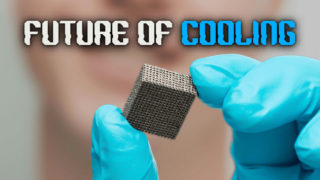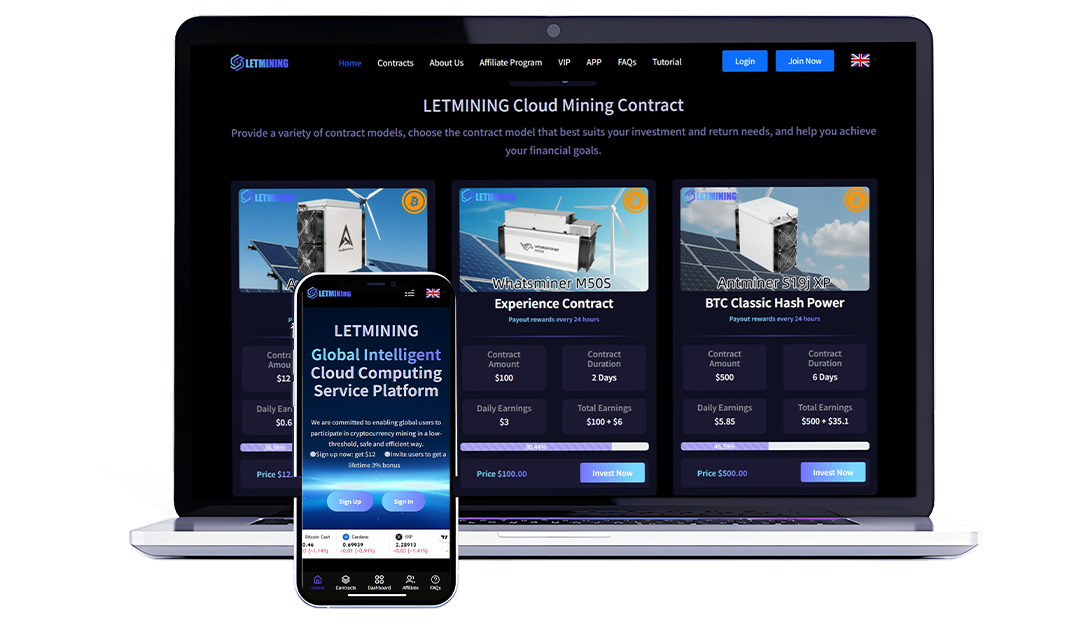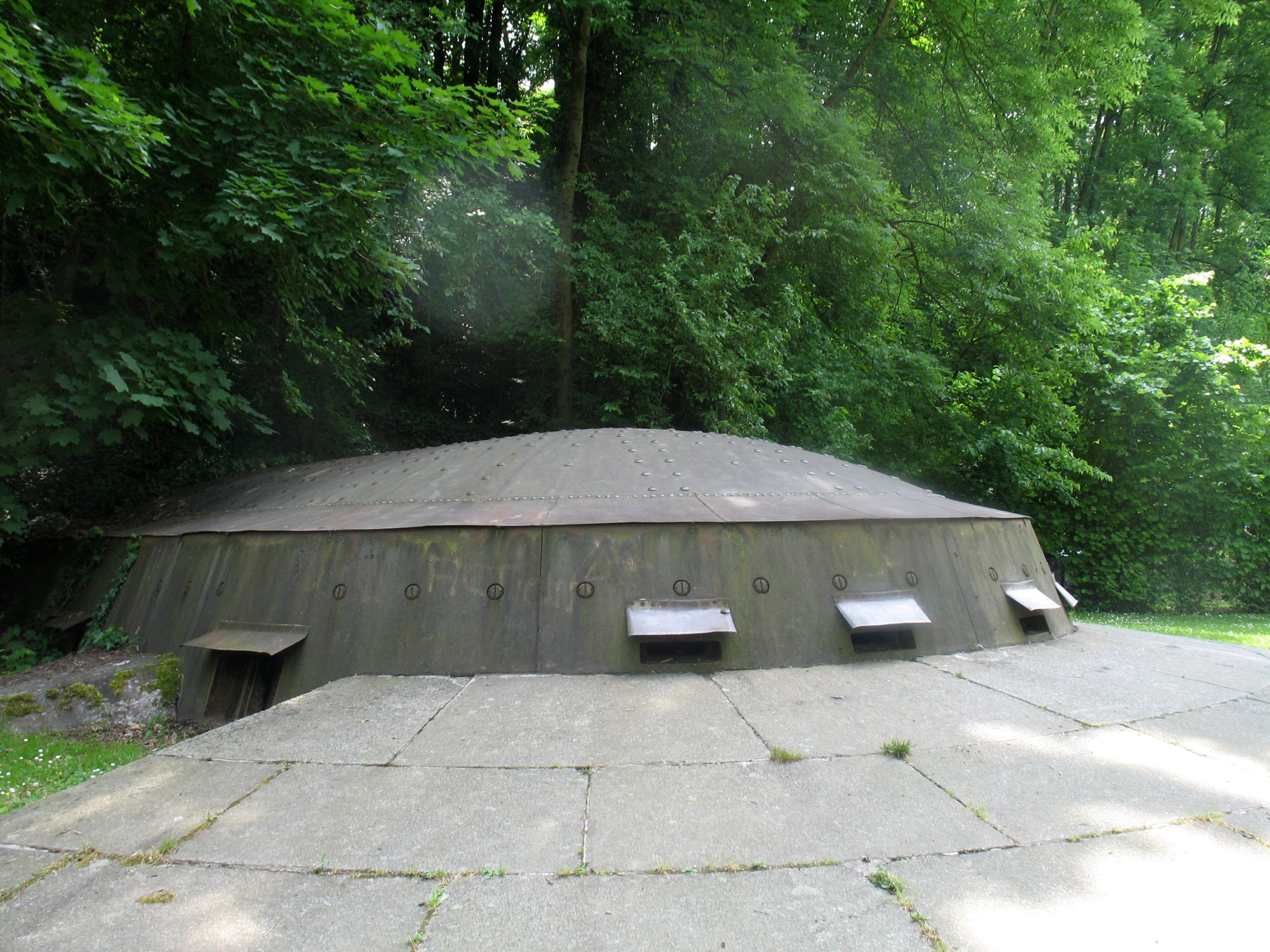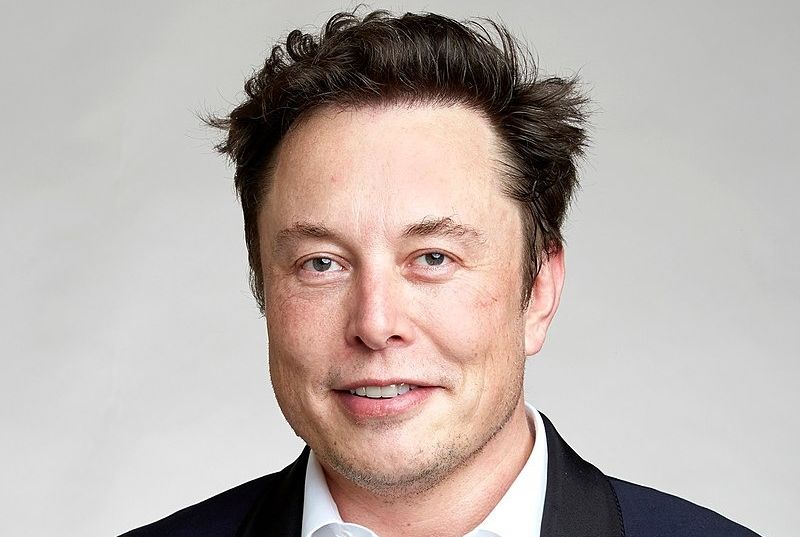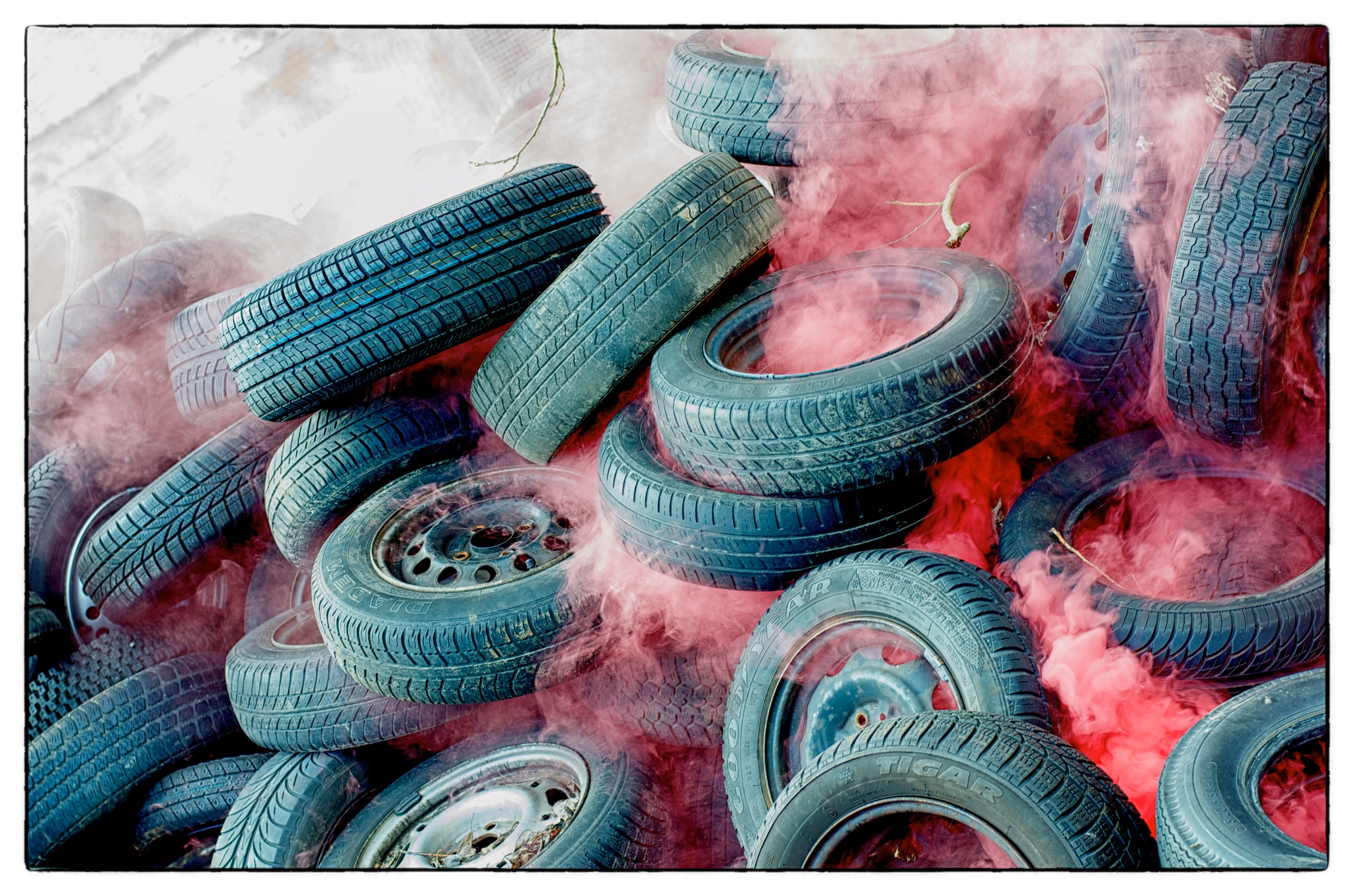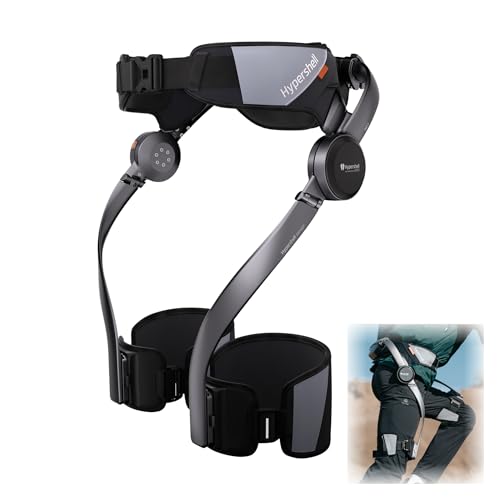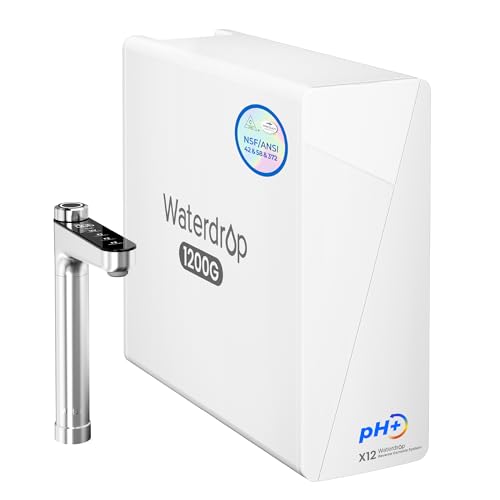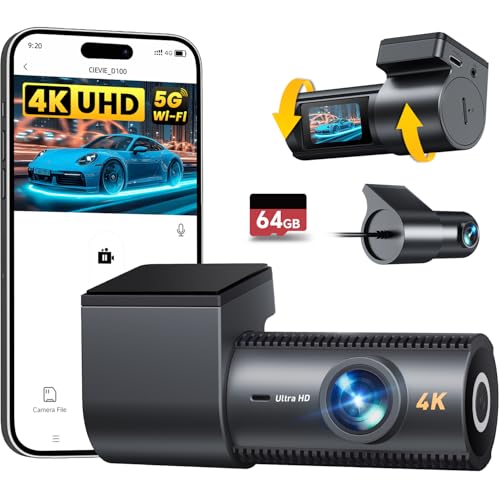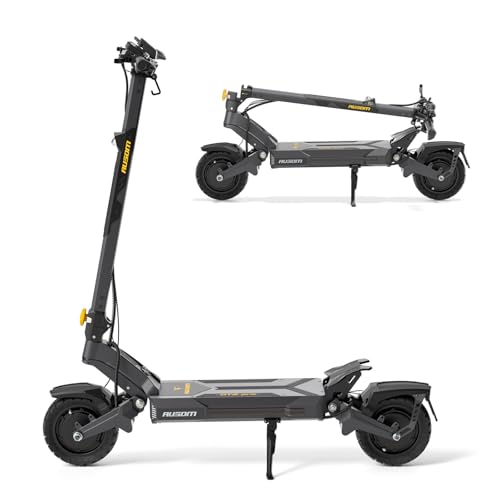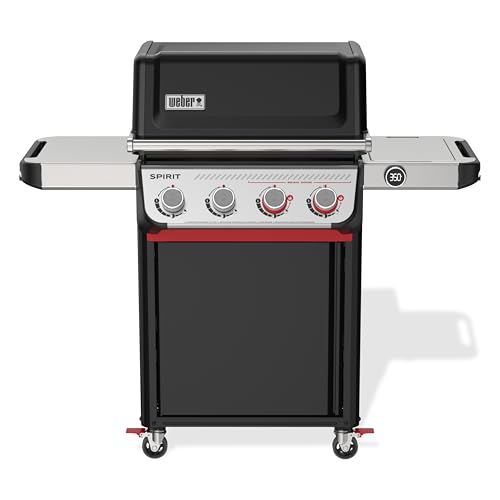The biggest marketing disasters often teach the most valuable business lessons. Forgotten sodas from past decades reveal more about consumer psychology than most MBA textbooks combined. Companies spent millions developing products like coffee-flavored Coke and breakfast sodas that consumers ultimately rejected. The stories behind these discontinued drinks expose the gap between corporate innovation and actual customer desires.
These ten vanished beverages offer a fascinating timeline of ambitious ideas that fizzled out despite massive corporate backing.
10. New Coke: The Marketing Blunder
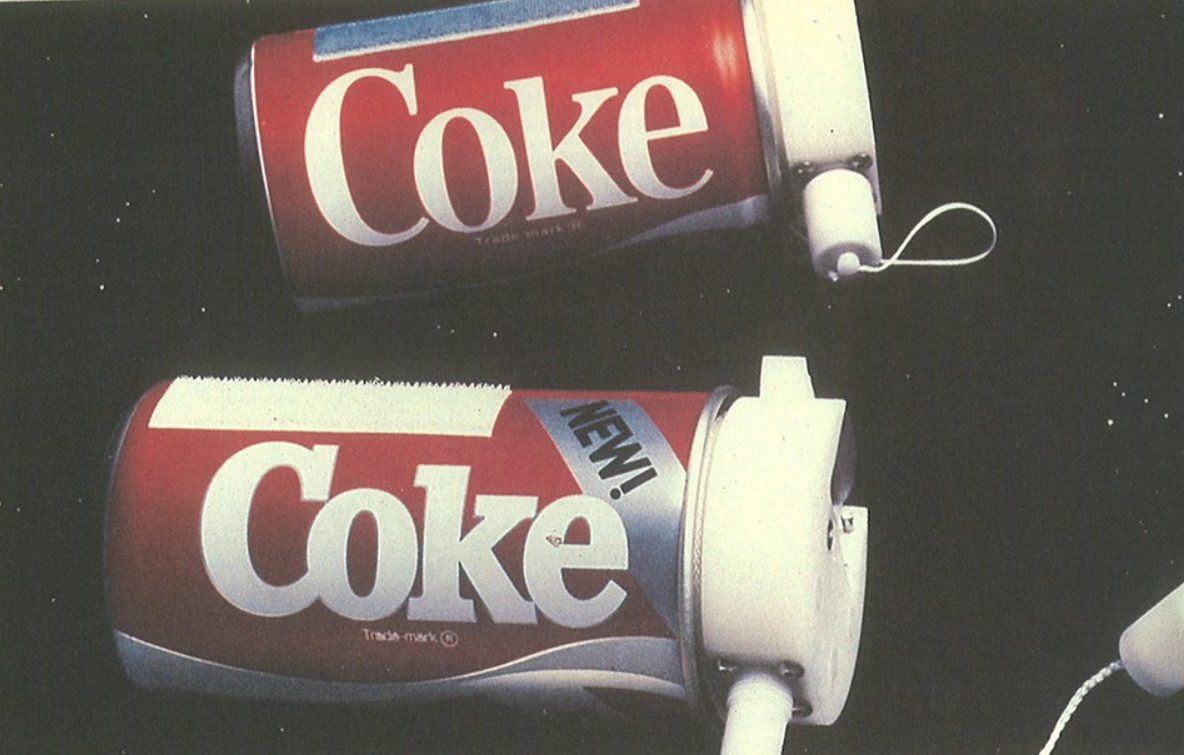
Over 400,000 angry consumers protested when Coca-Cola messed with their beloved drink in 1985. The company switched its classic formula to a sweeter, less acidic version with high fructose corn syrup, triggering what amounted to a national revolt.
Some called it “a betrayal of American values” while others hoarded cases of the original formula. Within 79 days, Coke backpedaled hard, bringing back the original as “Coca-Cola Classic.” If you’re a brand considering a radical product change, remember that nostalgic loyalty often trumps taste test victories.
9. Crystal Pepsi: The Clear Cola Experiment
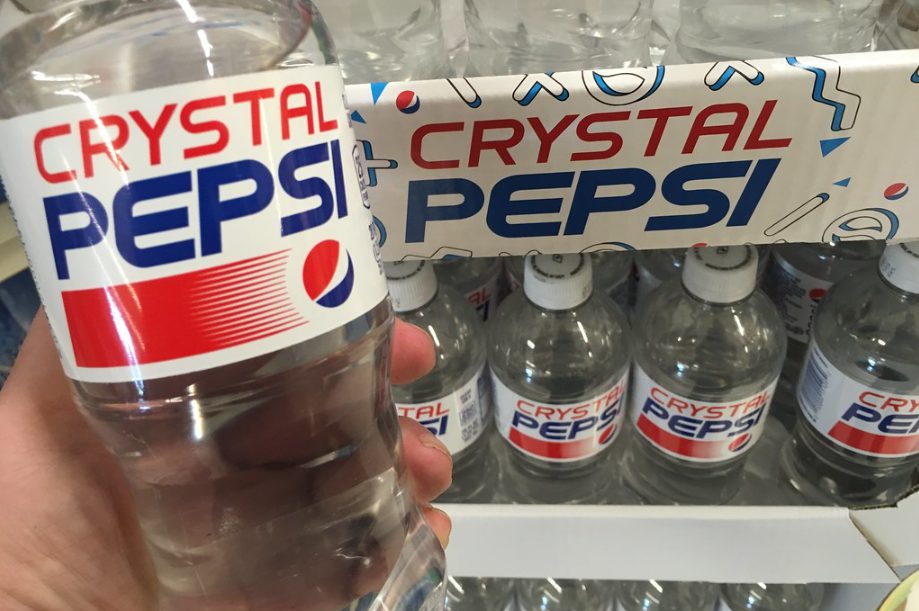
If you’re tired of traditional brown colas, Crystal Pepsi wasn’t your savior. This caffeine-free clear soda crashed onto shelves in 1992 as part of the bizarre “clear” product trend of the early 90s. Marketing pushed its supposedly “pure” and “natural” ingredients, while consumers scratched their heads wondering why their cola suddenly looked like water.
The initial curiosity factor drove sales – even winning “Best New Product” in 1992 and capturing 1% market share worth $474 million – before crashing spectacularly. The disconnect between visual expectations and taste experience turned an innovative concept into collector’s item fodder within months.
8. Orbitz: The Drink with Floating Orbs
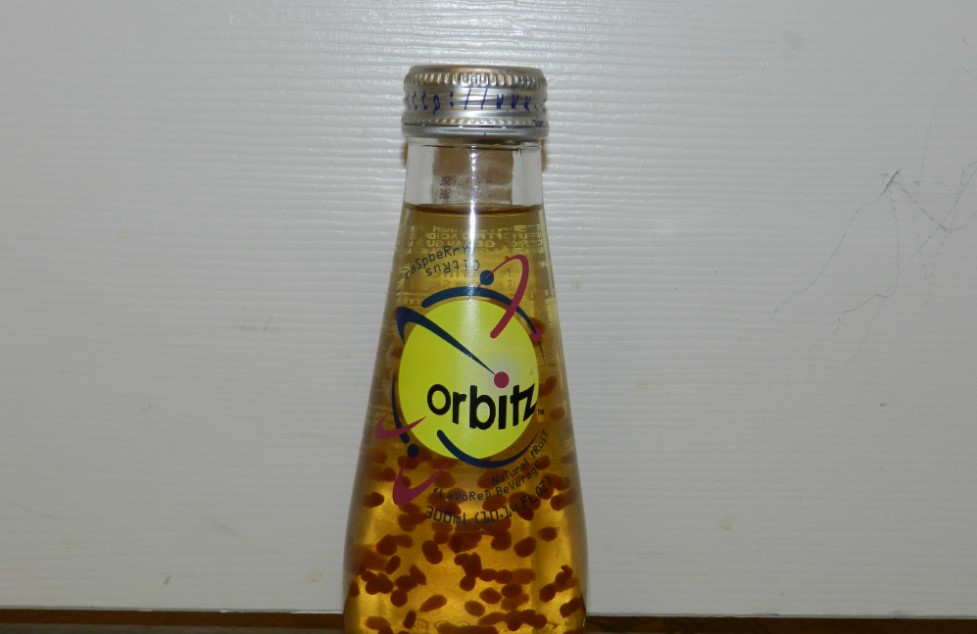
Caught in the 90s novelty beverage craze? Orbitz took weird to new heights with its suspended gelatin balls floating in fruity liquid thanks to gellan gum. This bizarre concoction looked more like a lava lamp than something you’d actually consume.
Available in flavors like raspberry citrus and vanilla orange, Orbitz generated initial buzz but disappeared by 1998 after barely a year on shelves. The novelty factor couldn’t overcome the fundamental problem that people drink beverages for taste, not science experiments.
7. Tab: The Original Diet Soda
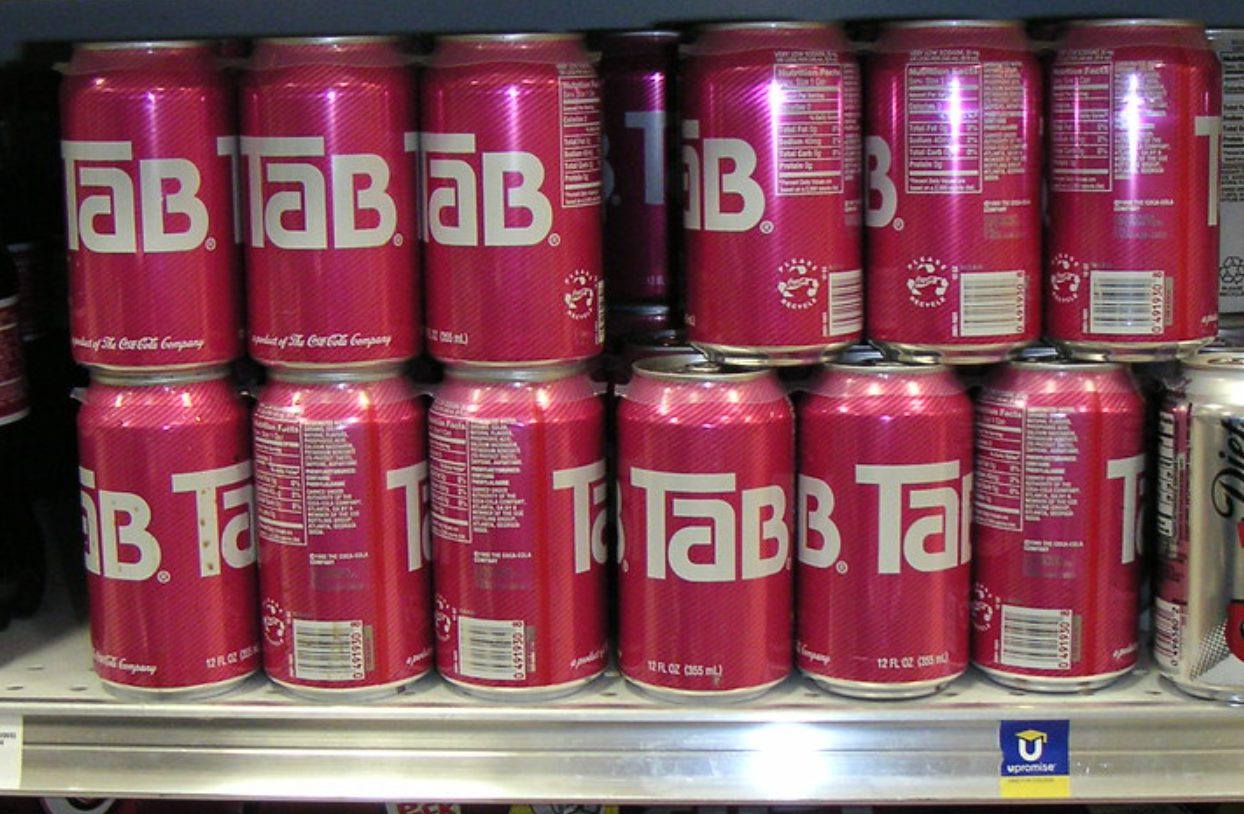
Diet drinks dominate today’s market, but Tab pioneered this space back in 1963 with its iconic pink can and promise of guilt-free refreshment. It built a cult following through the 70s and 80s, becoming the unofficial drink of aerobics studios nationwide.
The metallic aftertaste from saccharin turned many consumers off, and when Diet Coke arrived with improved flavor, Tab began its slow fade into obscurity. Coca-Cola gradually reduced marketing support until 2020, when they finally pulled the plug. Even groundbreaking products eventually gather dust when something better comes along. Many fancy trends from the 1970s have similarly faded away, disappearing from popular culture.
6. Hi-C Ecto Cooler: Ghostbusters Nostalgia

Bright green juice that tastes like tangerines sounds bizarre, but when Slimer’s face appeared on the box in 1987, kids couldn’t get enough. Hi-C Ecto Cooler transcended its Ghostbusters movie tie-in origins to become a cultural touchstone for an entire generation.
What started as a promotional gimmick continued until 2001 when it was rebranded without the ghost. It briefly came back in 2016 for the Ghostbusters reboot, but vanished again faster than you can say “Who you gonna call?” The lifecycle of Ecto Cooler demonstrates how childhood nostalgia can keep a mediocre product alive decades past its expiration date.
5. Pepsi AM: Soda for Breakfast?
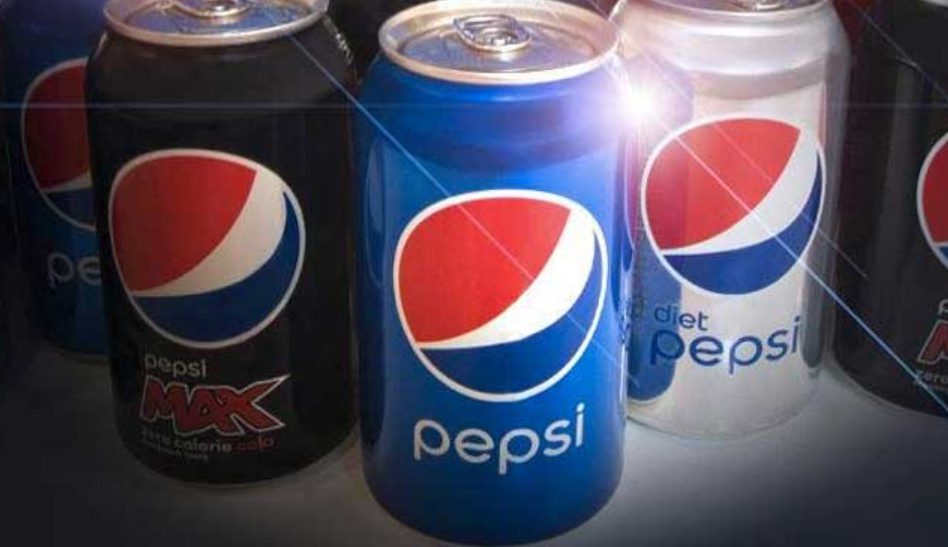
Replacing your morning coffee with cola sounds ridiculous now, but Pepsi actually tried making it happen. Launched in 1989, this morning soda packed 28% more caffeine than regular Pepsi to compete with your daily brew.
The concept bombed spectacularly and was pulled within a year. Turns out people prefer actual coffee in the morning, not cola pretending to be coffee. Health advocates rightly criticized the concept, and most consumers found the whole idea bizarre. Even marketing giants occasionally mix up “innovative” with “nobody asked for this.”
4. Jolt Cola: The High-Caffeine Choice
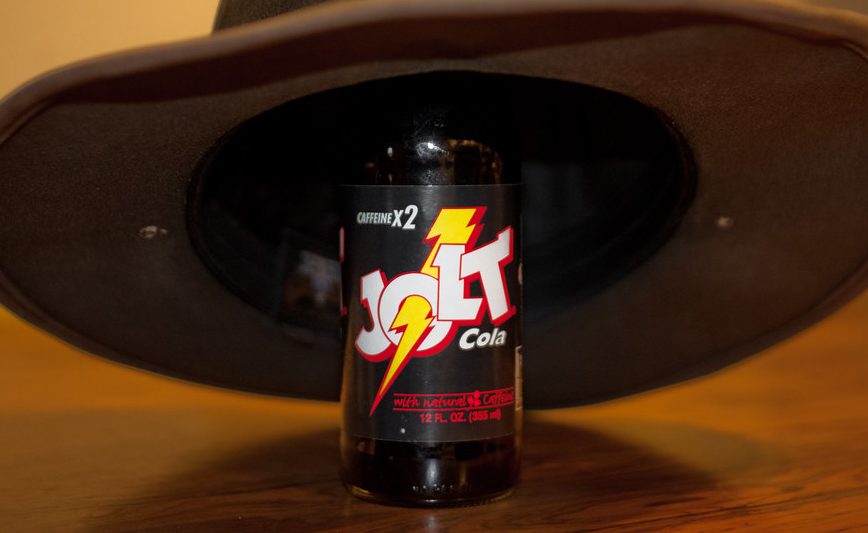
“All the sugar and twice the caffeine” wasn’t just a slogan – it was Jolt Cola‘s entire reason for existence. When this 1985 energy bomb hit shelves, it proudly advertised exactly what other brands tried to downplay: unhealthy ingredients that kept you wired.
College students and gamers mainlined this stuff during all-nighters, attracted to its rebellious image. But when actual energy drinks like Red Bull showed up with even more caffeine and cooler marketing, Jolt lost its spark. The brand has been revived multiple times, most recently in 2017. Caught in need of a nostalgic caffeine fix? The occasional revival proves some bad ideas never completely die.
3. OK Soda: Embracing Mediocrity
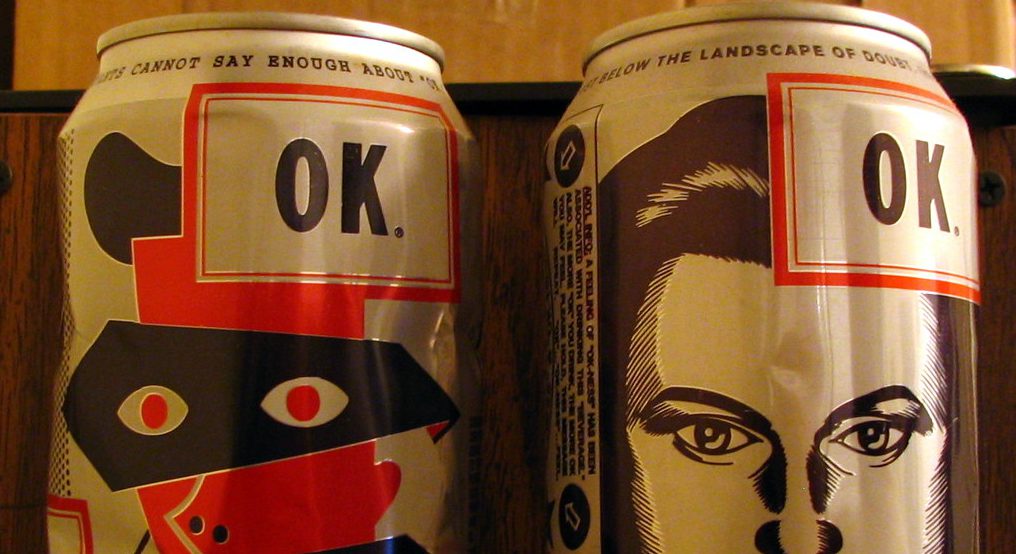
The weirdest marketing experiment in soda history began when Coca-Cola decided cynical Gen X would buy a product that promised to be just “OK.” This 1993 release featured abstract designs by underground cartoonists, an “OK Manifesto,” and strange hotline messages for consumers to call.
Mainstream shoppers found the whole thing too bizarre and didn’t buy the corporate attempt at being edgy. After just two years, Coca-Cola pulled the plug without expanding beyond test markets. Sometimes corporate attempts at counterculture appeal blow up spectacularly, leaving nothing but collector’s items and marketing case studies.
2. Coca-Cola BlaK: Coffee-Flavored Coke

Coffee and cola might share caffeine, but they never needed to share the same bottle. Coca-Cola BlāK hit shelves in 2006 as an upscale beverage hybrid with fancy black bottles and a pretentious accent mark. Described as too bitter by many consumers, the high price point didn’t help its case either.
By 2008, it vanished from shelves everywhere, with consumers wondering why anyone thought this was necessary. Flat tires ruin road trips, and bizarre flavor combinations ruin beloved beverages – both problems that should have been obvious before leaving the factory.
1. Aspen Soda: The Apple-Flavored Fizz
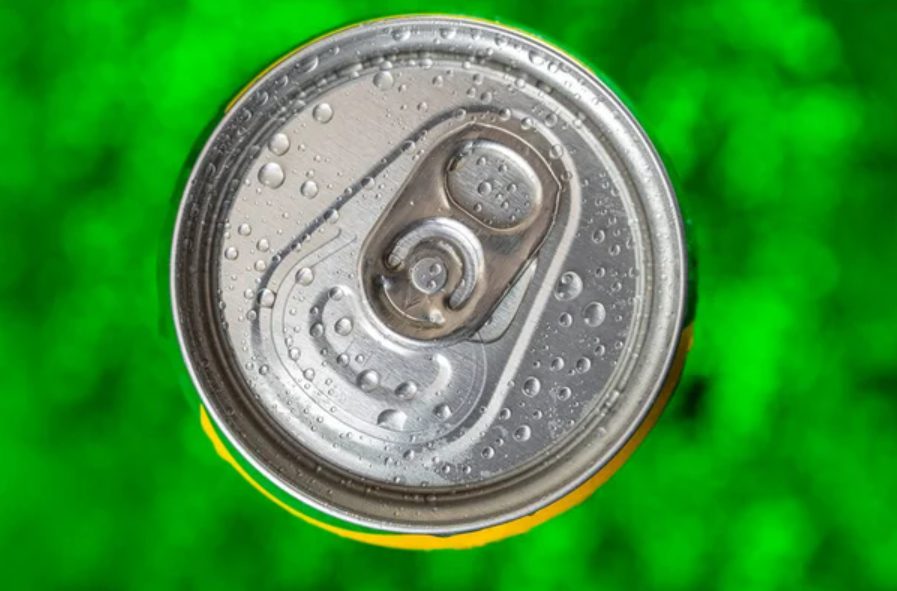
Mountain imagery and outdoor branding couldn’t save this forgotten flavor experiment. PepsiCo’s Aspen Soda tried to make apple the new cola in 1978, packaging it in green cans that promised a crisp, refreshing alternative to traditional sodas. Despite initial interest in its unique flavor profile, Aspen disappeared by the early 80s, leaving behind only confused memories and empty cans in landfills.
It struggled to differentiate from other clear sodas and never received sustained marketing support. If you’re launching a product with a distinctive flavor, you’d better commit to marketing it properly, or you’ll join Aspen in the beverage graveyard.


